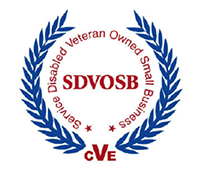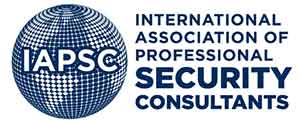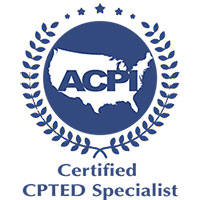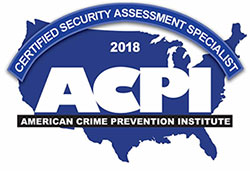Safe and Secure School Environments
 Studies show that by creating a safe and secure learning environment for students you will be helping them obtain the best education possible and ultimately become the best they can be in life.
Studies show that by creating a safe and secure learning environment for students you will be helping them obtain the best education possible and ultimately become the best they can be in life.
In an effort to minimize or mitigate school related security risks a security survey should be performed by the school (in conjunction with local law enforcement) annually and a full in-depth security assessment should be conducted by an independent third-party security professional for each K-12 school at a minimum at three-year intervals.
These assessments will provide educators, parents, law enforcement, and local government officials with information that identifies their unique security risks / gaps and provide recommendations on how to best mitigate those risks in the most cost-effective and efficient manner possible.
A school security assessment should be performed both at the district level as well as at each individual school within the district.
Physical security assessments should include but not be limited to the following:
District Wide Review
- Review of the school districts overall security plan and its extent of implementation
- The security plans integration with the town or cities Incident Command System (ICS), the training the security plan requires and the planning and practicing of emergency scenarios
- Based on risk assessments for the school’s area / location review of Emergency Action Plans (EAP’s) in place for the district and all the schools within the district.
Individual Schools Within the District
Environmental Security Issues
- Neighborhood Characteristics
- Property Boundary or Perimeter
- Exterior Building Surrounds-Landscaping
- Exterior Building Surrounds-Security Lighting
- Exterior Building Surrounds-Miscellaneous
- Exterior Building Surrounds – Natural Surveillance
- Exterior Building Surrounds – Natural Access Control
Physical Security Issues
- Protection of Perimeter Doors and Locks
- Protection of Windows
- Security of Air Conditioners
- Protection of Outdoor Air Intakes
- Rooftop Access Tops
- Loading dock Security
- Classroom Interior Doors and Locks
- Interior Walls
- Security of Interior “High Risk” Rooms or Areas
- Security of Public Restrooms
Special Security Issues
- Athletic Events
- Cafeteria
- School Auditorium
- Library
- Gymnasium
- Locker Rooms
- Corridors and Circulation
- Stairs and Stairwells
Emergency Power Systems
Electronic Security Issues
- Electronic Access Control System
- Intrusion Detection System
- Video Surveillance System
- Duress Alarms
- Emergency Communication Systems
Procedural Security Issues
- Key Management and Control
- Electronic Access Control System Management
- Building Locking and Unlocking Procedures
- Visitor Management and Control
- School Violence Policies and Procedures
- Equipment Inventory Control Policies and Procedures
- Assigned Responsibility for Security
- Security Incident Reporting System
- School Security Awareness and Training
- Youth Focused Crime Prevention Programs
- “Active Shooter” Procedures
- Mass Notification Procedures
- Exterior Door Testing Policies & Procedures
- Security System Maintenance Procedures.
- Behavioral Threat Assessment






